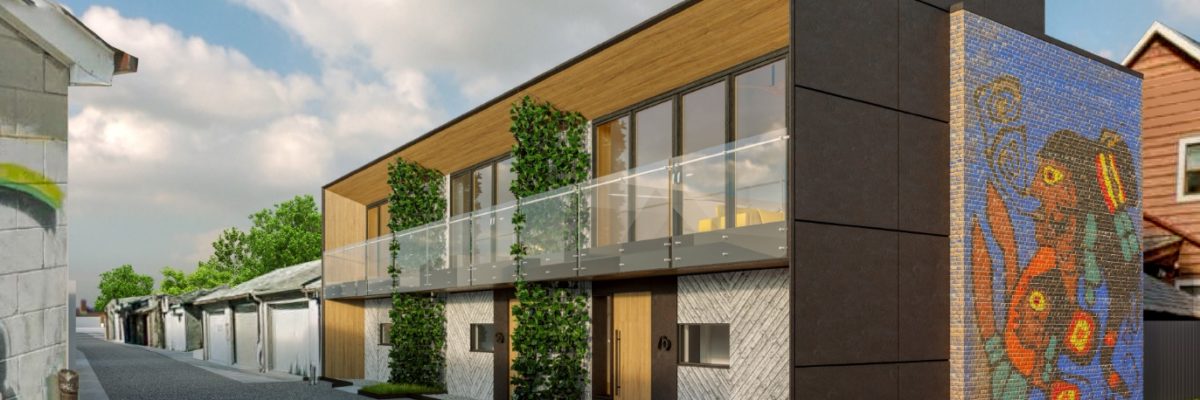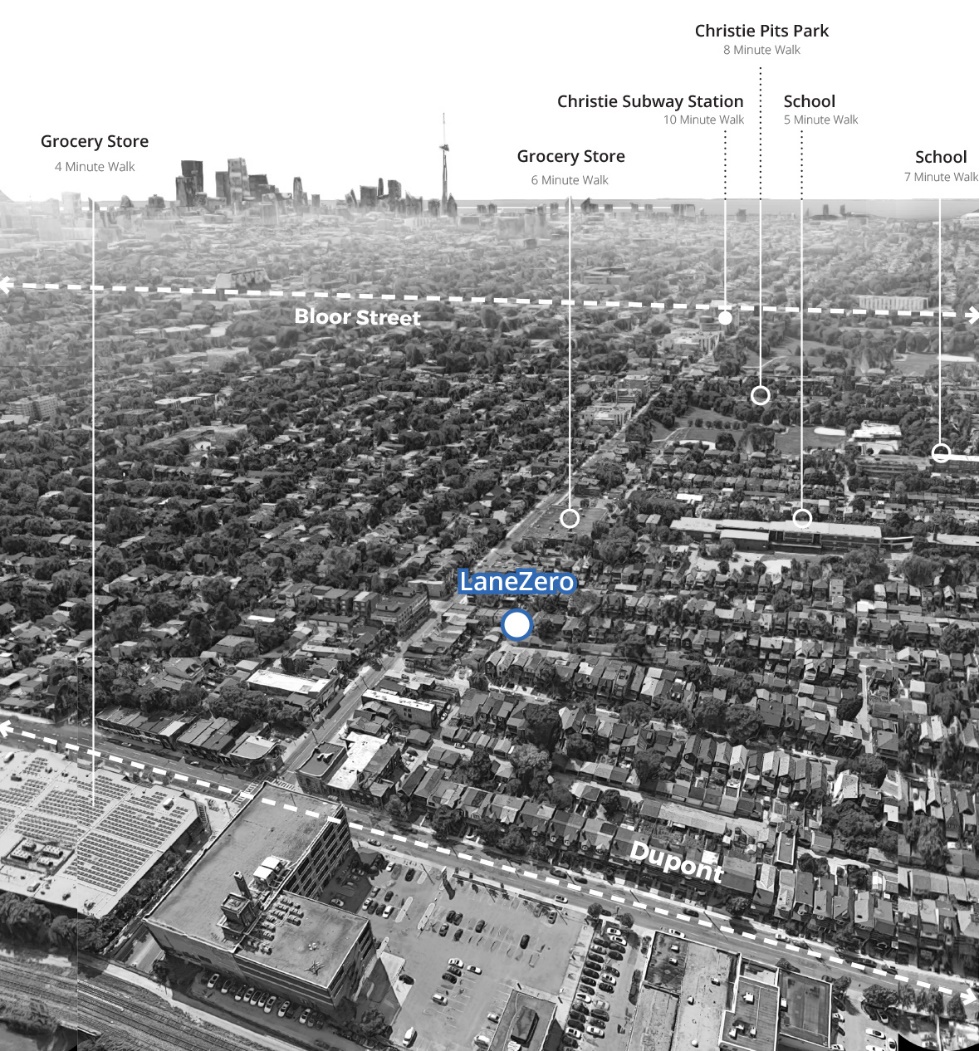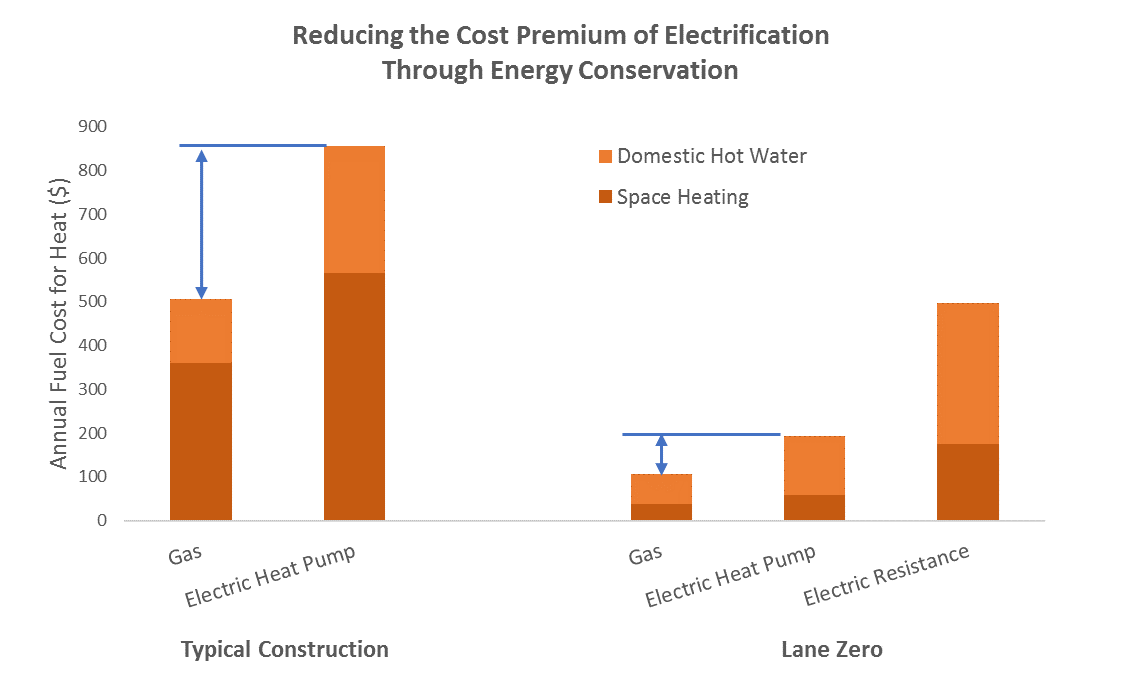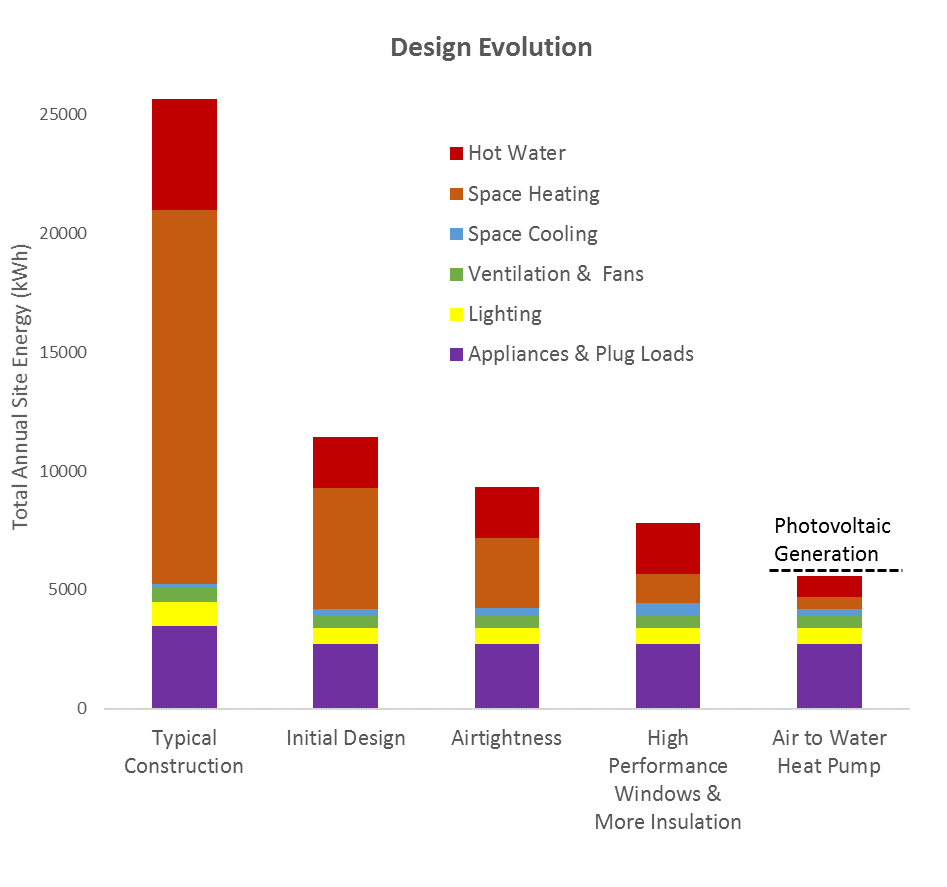Students from Ryerson University and the University of Toronto recently took the grand prize at the 2017 U.S. Department of Energy’s fourth annual Race to Zero Student Design Competition—a collegiate competition engaging students to design zero energy ready homes. The competition was held at the National Renewable Energy Laboratory (NREL) in Golden, Colorado, and featured 39 teams from 33 universities from four countries. Let’s hear directly from the team.
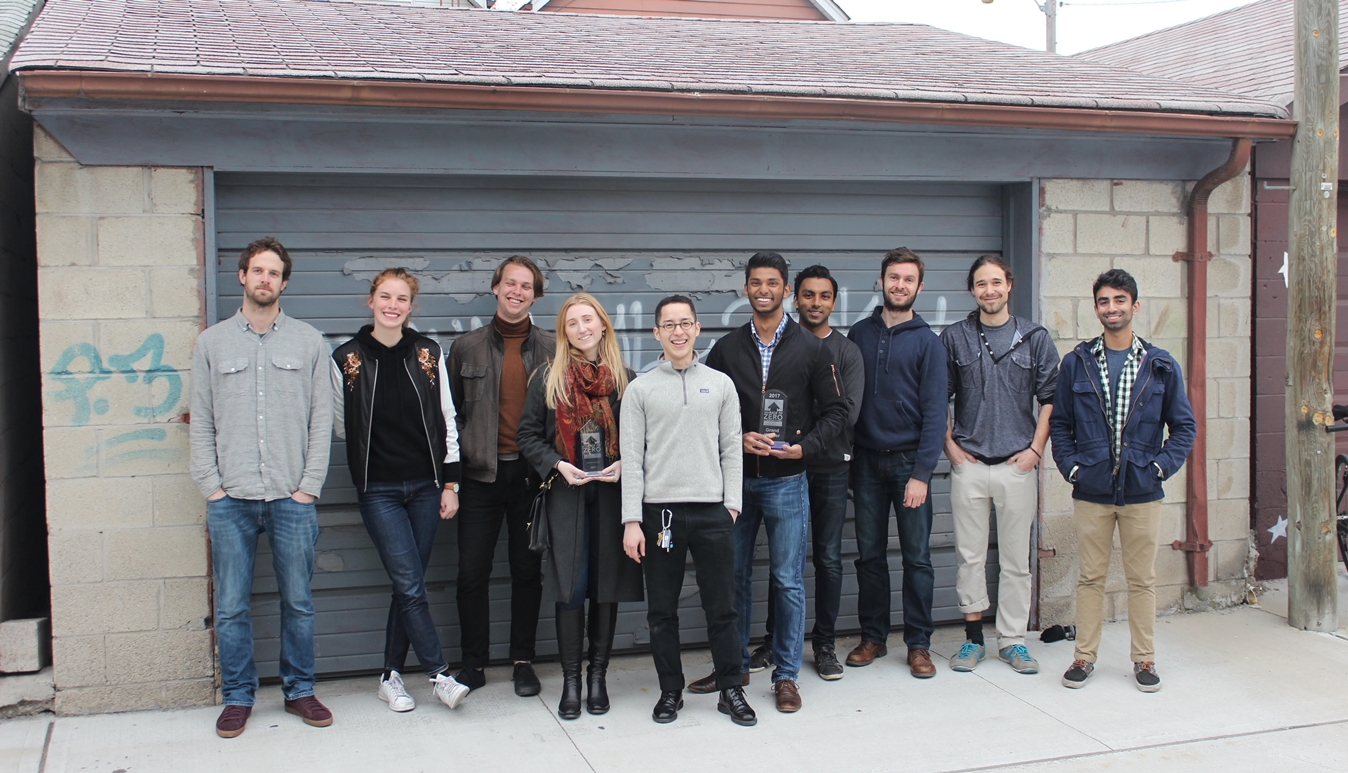
Climate innovation made in Toronto: Laneway housing
Our team, Future Cities Collective, composed of architecture, engineering, and building science students approached the competition as a chance to determine how cities like Toronto can rise to meet the challenges of population growth and the need for more sustainable cities. Downtown residential laneways, serviced by existing infrastructure in desirable neighbourhoods provide the perfect location to meet these needs. This project features laneway housing in the Christie Pits neighbourhood, where availability of public transit and other amenities, paired with existing low density detached houses have the potential for smart densification.
LaneZero: A case study
The building sector accounts for 53 per cent of Toronto’s carbon emissions, primarily from the on-site burning of natural gas for space heating and hot water. This is due to the low emissions intensity of the electricity grid. Since gas remains the cheapest heating method, the first step in our design process was to minimize the amount of heating energy the building would require. The space heating energy demand was reduced by 90 per cent by designing a highly airtight building enclosure roughly twice as well insulated as a typical home. Triple-glazed insulated windows with insulated frames and overhangs were placed strategically to minimize summer and maximize winter solar heat gain. Construction details were carefully designed to eliminate heat loss through thermal bridging, while simultaneously ensuring a continuous air barrier and the prevention of excessive moisture accumulation.
A super-airtight building enclosure also needs a reliable mechanical ventilation system to maintain good indoor air quality. An Energy Recovery Ventilator (ERV) recovers 88 per cent of the heat from exhaust and intake fresh air (depending on the season) and helps moderate indoor humidity. The ERV automatically bypasses the heat exchange process on cool summer nights to cool the building “freely” with outdoor air if the occupants forget to open the windows or live on a noisy street.
The most economical way to meet the space heating and hot water demand without using gas is with an electrically driven air-source heat pump. By minimizing the heating demand, the cost premium of heating with a heat pump is substantially reduced. A heat pump uses electricity to power a refrigeration cycle to move heat from a source to a sink while also augmenting it to a useful temperature, resulting in a roughly 1:3 ratio. By using a 3-in-1 air-to-water heat pump, space heating, hot water, and space cooling can all be provided using the same piece of equipment (something a gas boiler can’t do).
The design also features high efficiency faucets and water appliances, including a shower head that reduces water use by 72 per cent. Ultimately hot water consumption was cut by 54 per cent and potable water usage by 48 cent. A native green roof and rainwater collection and storage systems also help mitigate water runoff and reduce tap water consumption.
Getting to zero
Throughout the design process, the building’s energy performance was simulated in Toronto’s climate, accounting for every aspect of the building including the efficiencies of the appliances selected, typical occupant behavior and schedules, and even internal heat and moisture gains from appliances, people, and lights. To generate enough electricity annually and achieve net-zero site energy, the south face of the roof would be built out of solar panels using a special mounting system from Europe. The final design has an annual space heating demand of 48 megajoules per square meter of floor area and a total energy use intensity of 64 kilowatt-hours per square meter. This results in the building generating 9 per cent more energy annually than it consumes.
Making it spread
Beyond cost and energy-optimized design, we recognize the multiple benefits inherent in high performance homes. These include: comfort; health; sound attenuation from better enclosure and windows; the increased autonomy of generating one’s own energy; and the ability to replace a conventional roof with a clean power plant. By understanding how to better build for Canada’s unforgiving climate, net-zero energy design can become an economic and social opportunity worldwide.
This guest blog was submitted by Brandon Wilbur, a member of the Future Cities Collective that is composed of Ryerson University and University of Toronto students. For further reading, please see the full project report.

